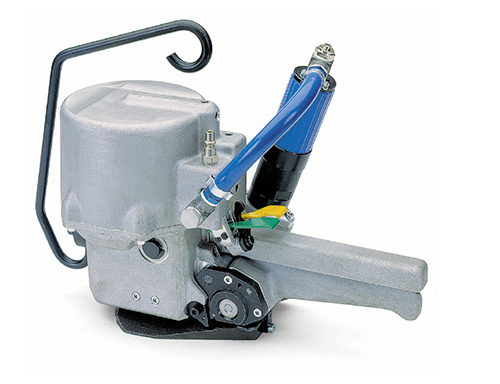


The study sample included 47 women who presented with cervical incompetence and cervical dilatation with fetal membranes prolapsed into the vagina. Basbug, in a recent study, compared the efficacies of the modified Shirodkar and McDonald rescue cerclage techniques in women with singleton pregnancies. Studies have been carried out to compare the benefits of various techniques, but no technique has been found to be superior to the others. reported on 37 women between 17 and 27 weeks’ gestation with cervical dilatation who received a Shirodkar cerclage, where the pregnancy was prolonged for an average of 43 days and the average gestational age at delivery was 29 weeks. reported that in 27 patients who received an emergency McDonald cerclage, 63% reached week 28 with an average prolongation in pregnancy of 64 days. There is considerable controversy regarding the cerclage success rate and maternal–fetal outcomes. (4) Conclusions: The excellent results obtained with the TSEC procedure in terms of the latency from the procedure to delivery, gestational age at delivery, birth weight, and having few reported complications highlight the importance of collecting new data on this promising novel procedure. A multivariate regression model showed that the best variables for predicting the latency to delivery were the cervical dilatation at diagnosis, use of the three-step cerclage, cervical length after the procedure, and gestational age at diagnosis. There were significant differences ( p < 0.05) between groups. The rate of premature amniorrhexis (<34 weeks gestational age) was 8.3% (two cases) with successful perinatal outcomes. The mean latency from procedure to delivery was 14 weeks + 6 days, the mean weight of newborns was 2550 g and the mean gestational age at delivery was 35 weeks. (3) Results: To assess its effectiveness, we measured the latency from procedure to delivery, pregnancy duration, infant birth weight, and rate of premature amniorrhexis. The technique is concluded with the performance of a cervical cleisis when vaginal bag prolapse is present, and this overall procedure is called the three-step procedure for emergency cerclage (TSEC).

A new emergency cerclage was performed using a technique consisting of the first cerclage in a tobacco bag and a second occlusive cerclage located inferiorly to the first. (2) Methods: 26 pregnant women presented at 15 to 24 weeks of gestation with cervical dilatation and bursa prolapse. (1) Background: The objective of our prospective observational study was to evaluate a new technique for emergency cerclage, which was performed on a cohort of patients with cervical incompetence in the second trimester.


 0 kommentar(er)
0 kommentar(er)
